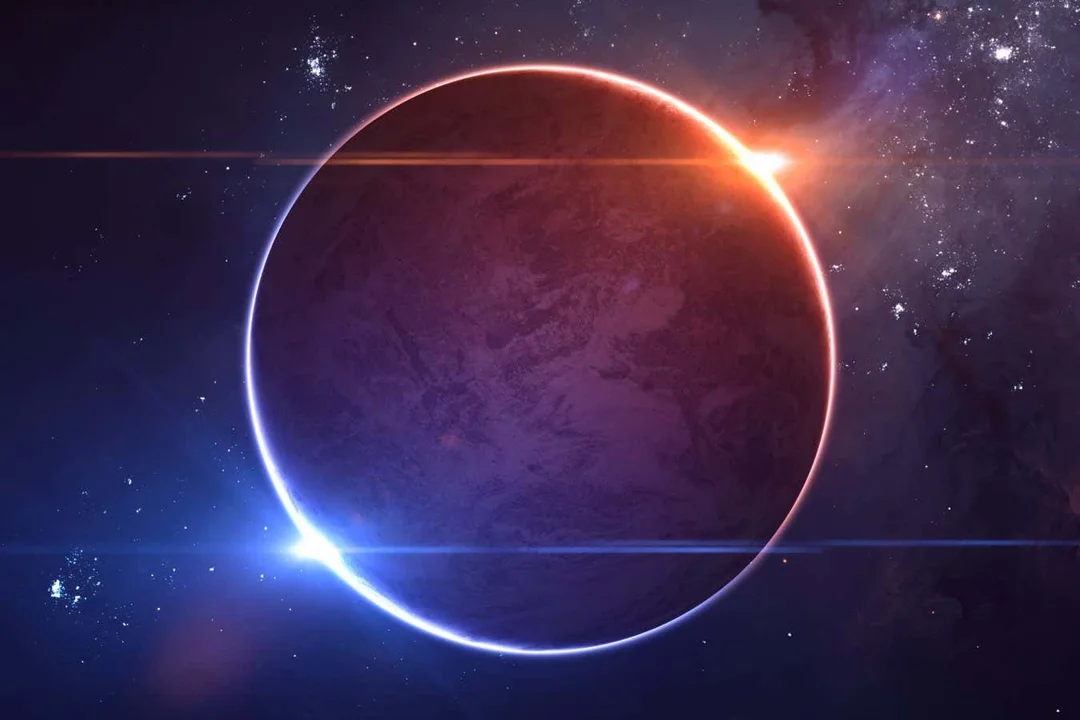
“Improbable” Retrograde Planet Found Orbiting Backwards in a Binary Star System with a White Dwarf
In a mind-bending discovery that challenges our understanding of planetary formation, astronomers have confirmed the existence of a retrograde planet orbiting a binary star system featuring a white dwarf. This bizarre alignment, where the planet orbits in the opposite direction of the stars, has puzzled scientists for years and pushes the boundaries of what we thought was possible in the universe.
The system, known as ν Octantis, consists of a sub-giant star, about 57% heavier than our Sun, and a white dwarf, roughly 43% lighter. The existence of a planet, approximately twice the mass of Jupiter, in such a volatile environment has been a subject of intense debate since the initial signal was detected in 2004 by David Ramm at the University of Canterbury.

"This planet is retrograde in the sense that the planet goes around the primary star (nu Oct A) in the opposite direction as the two stars go around each other," explains Professor Man Hoi Lee from the University of Hong Kong. This retrograde orbit is particularly unusual because planets are typically expected to form in a prograde orbit, moving in the same direction as their host stars.
The confirmation of the planet's existence came after 18 years of observations, utilizing advanced instruments like the HARPS spectrograph at the European Southern Observatory's 3.6-metre telescope in Chile. These observations not only confirmed the planet's presence but also helped determine that one of the stars had evolved into a white dwarf, the dense remnant of a star that has exhausted its nuclear fuel.
The presence of the white dwarf adds another layer of complexity to the system's history. Mathematical models suggest that the planet's current orbit would have been impossible when the star was younger and larger. This leads to two intriguing possibilities:
- The planet initially orbited both stars but underwent a radical trajectory shift when one star became a white dwarf.
- The planet formed from the mass ejected by the star as it transformed into a white dwarf.
Researchers estimate that the ν Octantis system formed approximately 2.9 billion years ago. The progenitor of the white dwarf was significantly larger than the Sun, accelerating its evolution. This suggests that the planet didn't form alongside the stars but rather emerged later, potentially from a retrograde disc of material around the sub-giant star accreted from the ejected mass of the evolving white dwarf.
This discovery challenges the conventional wisdom of planet formation and evolution, inviting scientists to consider a wider range of scenarios for star and planet scenarios.. As Manfred Cuntz at the University of Texas at Arlington notes, "It invites scientists to consider a wider range of star and planet scenarios regarding both formation and evolution."
The ν Octantis system serves as a cosmic laboratory, demonstrating that planetary systems can form billions of years after their stars, potentially from the remnants of dead stars, and even defy conventional orbital directions.
What other surprises does the universe hold regarding planetary formations? Let us know your thoughts in the comments below!